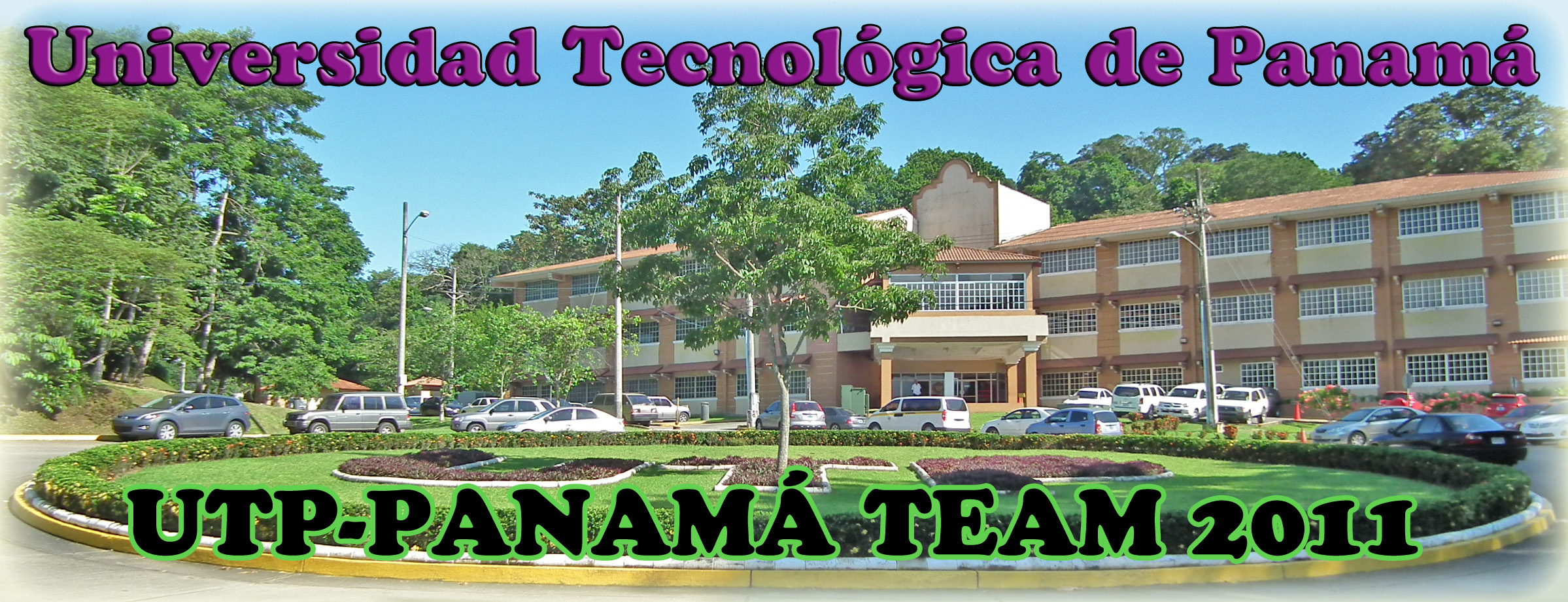Team:UTP-Panama/New Results
From 2011.igem.org
|
Home |
Experiment 1 | Experiment 2 | Experiments 3 | Experiments 4 | New Results | BCCS-Bristol 2010 Biobrick1. First Experience with BBa_k381001Objective: Methodology: 1. We used six falcon tubes of 25 mL. Three tubes were used for inoculation of the colonies from 06/09/11 and 12/09/11. 2. Two positive controls were prepared and one negative control for each test. 3. To positive control tubes we added 10 ml of liquid LB, 9.7 uL of chloramphenicol (33μg/mL) and 50mM of KNO3. 4. To negative control tube we added the same amount of LB and Chloramphenicol specified in the previous line, except KNO3. 5. Each tube was inoculated with the colonies; three of them with the conlonies from 06/09/11 and the rest with colonies from 12/09/11. 6. Tubes were incubated at 37 ° C for 48 hours.
change, including positive and negative controls. Our experiment was based on BCCS-Bristol experiment. While reviewing the experiments of Edinburgh in 2009, who designed the promoter used in the BioBrick BCCS-Bristol, we realized that the promoter express better in minimal essential media than in LB, but we do not rule out that we could have made a mistake in the experience preparation prevented us from showing the right results, which is why we decided to do the experiment again.
2. Second ExperienceObjectives: a. Substrates:
b. Temperatures:
2. Improve the characterization of the BioBrick tested in other substrates to study the performance of the promoter. 3. Define the Biobrick promoter strength at the temperatures and selected substrates.
best in minimal media and complex media with a nitrate concentration of 40mM. Using this reference, we added 40mM of KNO3 to every growth media in the different temperatures for Bristol 2010 - BBa_K381001 and UTP-Panama 2011 – BBa_K672000.
5. To each tube we added 10 ml of liquid LB, Minimal Media or Saline Solution and KNO3 40 mM. 6. Tubes corresponding the different substrates were inoculated with BBa_K381001. |
 "
"

